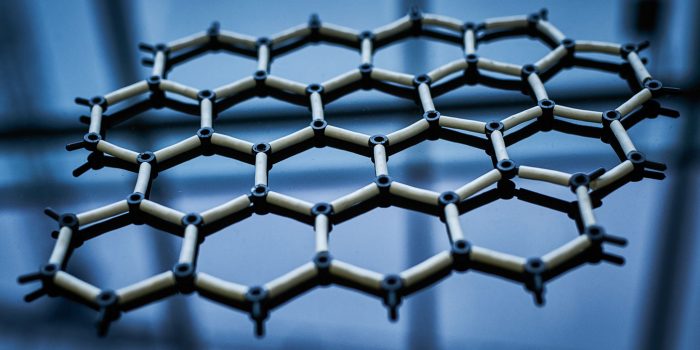Scientists have found a way that can help in the reduction of the environmental impact of building materials like concrete etc. A Rice University lab recently divulged their research through which you can get valuable graphene flakes by turning bulk quantities of just about any carbon source. The process does not take so much time and is also very easy to do. The technique has been named “Flash Graphene” and in comparison, to other graphene-producing methods, it only takes a tiny proportion of the cost. You can convert a ton of coal, food waste, or plastic into graphene.
Chemist James Tour, one of the researchers at Rice University, terms this a big deal and claims that their technique can reduce waste significantly. 30 to 40 percent of the food is wasted and plastic concern concerns the whole world and through this method, it can be converted into useful material. Nature recently reported that flash graphene is a very tricky process and carbon-containing materials are heated to 3,000 Kelvin (about 5,000 degrees Fahrenheit). But interestingly, flash graphene takes only 10 milliseconds after doing that and nearly everything that contains carbon can be used as the source material.

The “flash” element refers to electrodes inducing a high voltage and high current into a sample of carbon-rich trash via a “flash treatment.” You’ve made a useable type of graphene in ten milliseconds and at 3,300 degrees Kelvin. The method is extremely cost-effective, with electricity expenditures ranging from $30 to $35 per ton.
The team has literally taken garbage from old automobiles, flash-extracted carbon as graphene, and then supplied that graphene to carmakers to use in the development of new vehicles. They’ve been fine-tuning the production process, and they expect to generate over 1 ton of graphene per day by mid-2022 and 100 tons per day by the end of 2023, based on current rates of progress.
Beyond cement and concrete, the generated graphene could be used in metal alloys, polymers, medical applications, and a variety of other industrial applications. According to the Environmental Protection Agency, concrete production accounts for 8% of all human CO2 emissions each year. However, Tour’s graphene may be mixed with concrete to strengthen it, lowering the quantity of material required for a given task.
You can see the research here.


